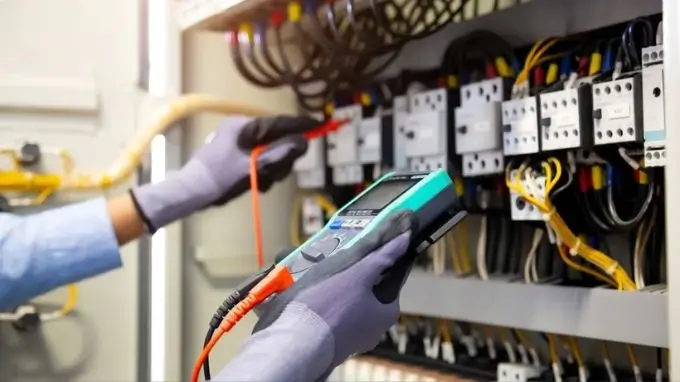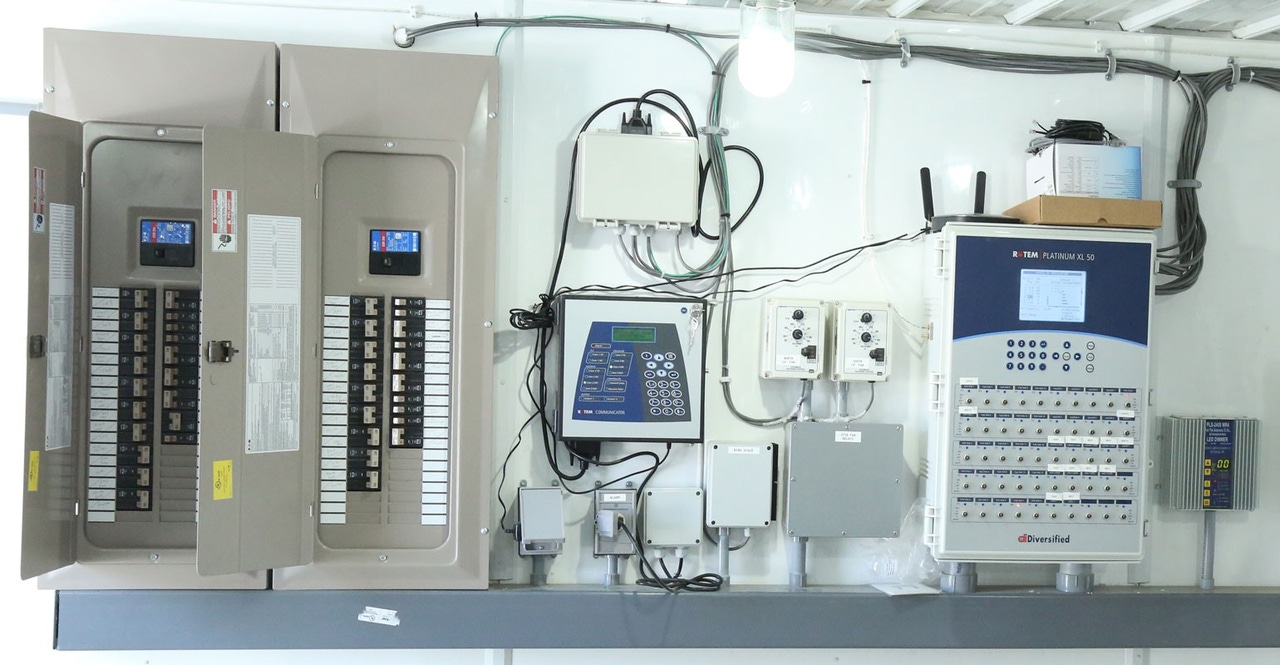Leading Tips for Effective Electrical System Troubleshooting
Fixing electrical systems calls for a methodical strategy, grounded in a comprehensive understanding of electrical principles and security methods. The subtleties of reliable repairing extend beyond mere technical knowledge; comprehending exactly how to document findings and prioritize safety can substantially influence end results.
Understand the Essentials
Recognizing the essentials of electric systems is crucial for reliable troubleshooting, as a strong foundation permits service technicians to identify and fix problems much more efficiently. An extensive grasp of electrical principles, such as voltage, existing, resistance, and power, is essential in identifying the origin creates of issues. Voltage is the electrical potential distinction that drives present with a circuit, while resistance opposes the flow of current, influencing the total performance of the system.
Familiarity with circuit elements, including resistors, capacitors, diodes, and changes, is also paramount. Each part plays an unique function in circuit behavior and can impact performance when malfunctioning. Furthermore, understanding collection and parallel circuit arrangements is crucial, as these setups influence the circulation of voltage and current within the system.
In addition, expertise of security methods is vital. Technicians have to know prospective hazards, such as shock and short circuits, to apply risk-free troubleshooting techniques. By mastering these foundational principles, technicians enhance their capacity to perform reliable diagnostics and repairs, ultimately resulting in enhanced performance and integrity of electrical systems. This fundamental knowledge is the keystone of effective fixing undertakings.
Gather Necessary Equipment
Efficient troubleshooting of electric systems needs the best collection of devices to identify and deal with concerns precisely. Necessary devices include a multimeter, which gauges voltage, existing, and resistance, allowing for specific examinations of electrical elements.
In addition, shielded hand tools such as screwdrivers, pliers, and cable pole dancers are crucial for safely controling electric connections. It is additionally advisable to have a circuit tester available to validate the existence of voltage in outlets and wires. For more complicated systems, a thermal imaging cam can aid detect overheating parts, indicating prospective failings.

Adhere To an Organized Approach
Having actually collected the appropriate tools, the next action in fixing electric systems is to comply with a systematic approach. A methodical strategy ensures that technicians can identify faults effectively and properly, decreasing downtime and protecting against unneeded repair services.
Begin by assessing the system's schematic layouts and specs. Comprehending the design and functional specifications will supply context for identifying issues. Next, isolate the problem area by utilizing a procedure of elimination. This involves monitoring each element systematically, starting from the source of power and functioning towards the load.
Make use of screening equipment, such as multimeters and oscilloscopes, to collect objective information check this site out regarding voltage, current, and resistance at numerous factors within the system. This empirical evidence will certainly assist your troubleshooting efforts and aid to confirm or remove prospective root causes of failing.
Furthermore, take into consideration ecological aspects that might influence the system's efficiency, such as temperature level fluctuations or wetness access. A thorough examination of circuitry, links, and parts will ensure that all opportunities are represented.
File Your Searchings For
Thorough documentation is vital in the repairing procedure of electrical systems. This practice not only aids in comprehending the root cause of the problem but likewise offers as a referral for future repairing initiatives.

Furthermore, maintaining a log of components changed or repair work performed is very useful. This info supports stock administration and can assist assess the long life and dependability of certain parts.
Eventually, the documentation procedure ought to be extensive yet concise, making it possible for simple access and evaluation - electrical system troubleshooting. By prioritizing thorough paperwork, specialists can develop a useful data base that not only help in existing troubleshooting yet likewise encourages future maintenance initiatives, thus boosting overall system integrity

Prioritize Security Measures
Acknowledging the inherent threats related to electric systems is crucial for making sure safety during troubleshooting. Electric shock, burns, and equipment damage are simply a few of the potential dangers that technicians deal with. Prioritizing safety and security measures is not only a legal commitment yet also a moral imperative that explanation safeguards both the specialist and the surrounding atmosphere.
Prior to starting any troubleshooting job, professionals should put on proper individual safety tools (PPE), including insulated handwear covers, safety glasses, and flame-resistant garments. Making sure that the workspace is completely dry and free of clutter can considerably reduce the threat of crashes. It is crucial to de-energize circuits before starting any kind of job, confirming that they are not live via the usage of a multimeter or voltage tester.
Establishing clear interaction methods with employee is also crucial; this makes sure that everyone recognizes potential hazards and the status of the electrical system being worked with. Having an emergency situation response strategy in area can confirm indispensable in the event of an occurrence. By prioritizing precaution, technicians can efficiently reduce threats and cultivate a more secure work environment.
Conclusion
Reliable electrical system troubleshooting depends on a detailed understanding of essential concepts and a methodical strategy. Prioritizing safety and security measures makes certain the well-being of people involved and the honesty of the electric system.